The haunted beauty of Båstnäs
In the depths of the Värmland forest, just a few kilometers from the Norwegian border, lies Båstnäs – a surreal car graveyard that has, over the decades, transformed into a cult destination for automotive enthusiasts, photographers, and urban explorers. Over 800 derelict vehicles, mostly from the 1930s to 1960s, sit in silence, slowly being swallowed by moss, trees, and time.
Once a thriving car repair and salvage operation run by brothers Rune and Tore Ivansson, the Båstnäs scrapyard grew into a hotspot for Norwegian buyers who, during the post-war years, imported cars in parts to dodge high tariffs. But when that trade dried up in the 1980s, the graveyard was left to the elements.
Among these rusting relics, one man saw not death, but potential.
One man’s obsession: Enter Peter Stöhr
German Saab enthusiast Peter Stöhr first encountered Båstnäs in the early 1990s. At the time, he wasn’t even focused on Saabs. But something about a rounded, rust-colored shape in the undergrowth caught his attention. It was a Saab 92 – Sweden’s first production car, introduced in 1949.
In 2001, he returned to buy that very same wreck. It was incomplete, weather-beaten, and deeply corroded. For most, it would be a hopeless case. For Peter, it was the beginning of a 15-year labor of love.
His philosophy? “Can you rescue a car without disturbing its story?”
Restoration without erasure
The 1955 Saab 92 that Peter pulled from Båstnäs wasn’t polished, sanded, or repainted. Instead, Peter chose a radical approach: to restore the mechanicals to perfect working order, while preserving the full visual patina of time.
The floorpan and fender mounts were replaced for safety. The engine was rebuilt using as many original components as possible. But the surface rust, faded green paint, and even moss traces were intentionally left untouched. The result? A car that looks abandoned — but drives beautifully.
“Museums talk about visible time layers. That’s what I wanted,” Peter explained in his Klassiker Magazine feature.
It was a restoration project that didn’t aim to turn back the clock — only to make sure the clock could tick again.
Resurrection #2: A 1952 92A from the trees
But Peter wasn’t done. In 2017, during another trip to Båstnäs, he spotted the bare shell of a 1952 Saab 92A perched on top of another car. No drivetrain. No glass. Not even wheels. Just a moss-covered corpse. Most would walk past.
Peter saw an opportunity to preserve a forgotten chapter of Saab history. He arranged transport, took it to Germany, and began again.
This time, the restoration was even more minimal. Windows, wheels, lights, and a drivetrain were sourced from period-correct donor parts. Everything was made to function, but nothing cosmetic was touched. When the car was finally roadworthy, it looked exactly like it did when he found it — but now, it moved.
Back to the forest
In what can only be described as poetic, Peter brought the restored 1955 Saab 92 back to Båstnäs for a photo session. Parked between the same rusting hulks it once shared a grave with, the car looked perfectly at home. From a distance, one couldn’t even tell it had been restored.
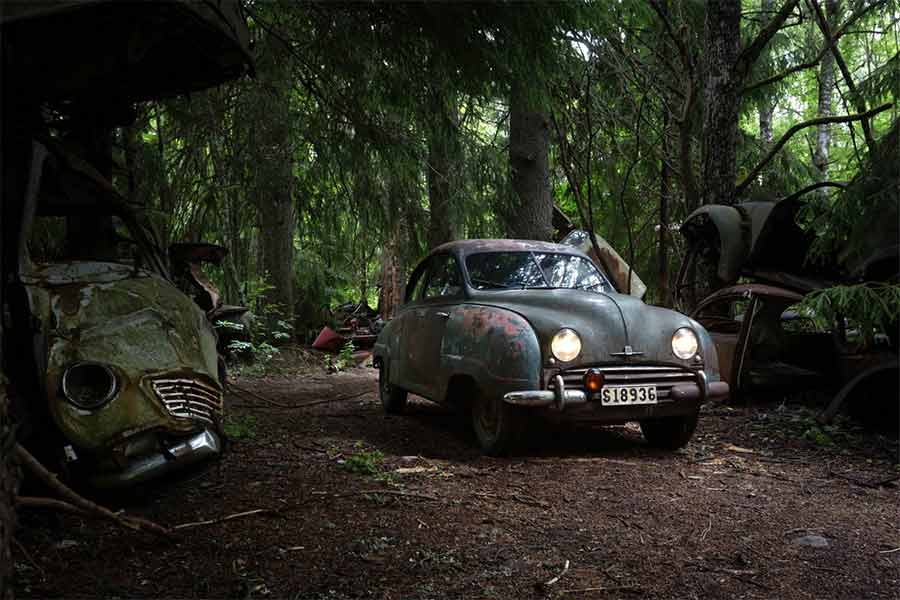
“It looks like it never left the scrapyard,” said one stunned visitor.
The photos taken that day have since gone viral among Saab enthusiasts and classic car lovers, capturing the eerie illusion of a ghost car that somehow reanimated.
The symbolism behind the rust
Peter’s Saab isn’t a show queen. It won’t win concours prizes or grace glossy museum halls. But it stands for something more powerful: authenticity. In a world obsessed with perfection, Peter’s car embraces imperfection as part of its identity.
In fact, it was nominated as Candidate #4 in Klassiker Magazine’s 2017 “Car of the Year” contest precisely because of its philosophy of “preserved decay”.
Read the full feature in Klassiker 1/2017
The soul of Båstnäs endures
Båstnäs itself continues to draw visitors from across Europe. Despite having no official signage or visitor facilities, the scrapyard has become a cult destination. The Töcksfors Car Club is now working to improve accessibility, add basic amenities, and preserve its unique atmosphere.
Nature has already begun reclaiming the site, and many of the cars are now beyond recovery. But the Saab 92s that remain, half-submerged and moss-covered, are more than junk — they are testaments to a forgotten era.
And for a select few, like Peter Stöhr, they are invitations.
“Even steel and chrome will eventually return to the earth,” said landowner Tomas Ivansson. “But until then, these cars tell stories.”

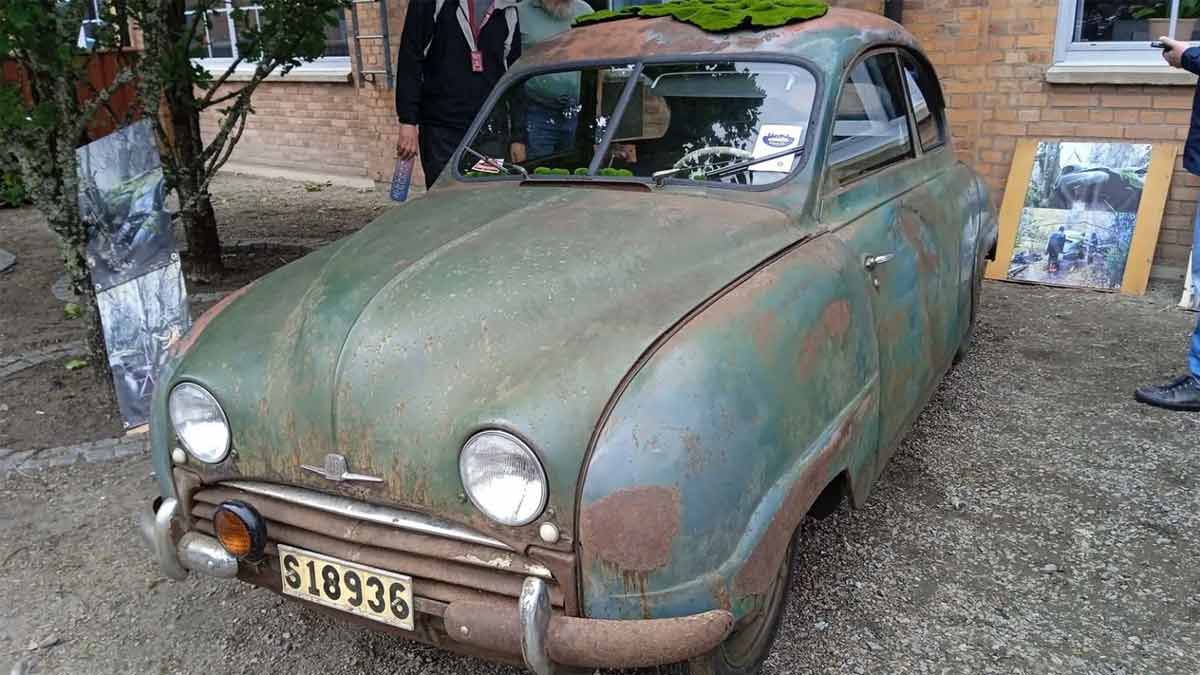
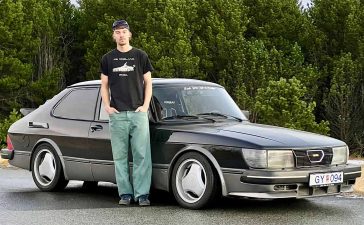

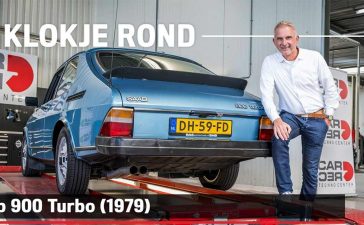
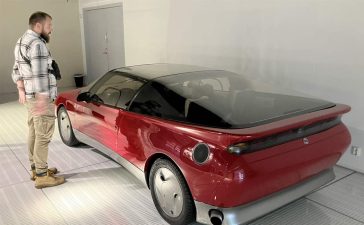
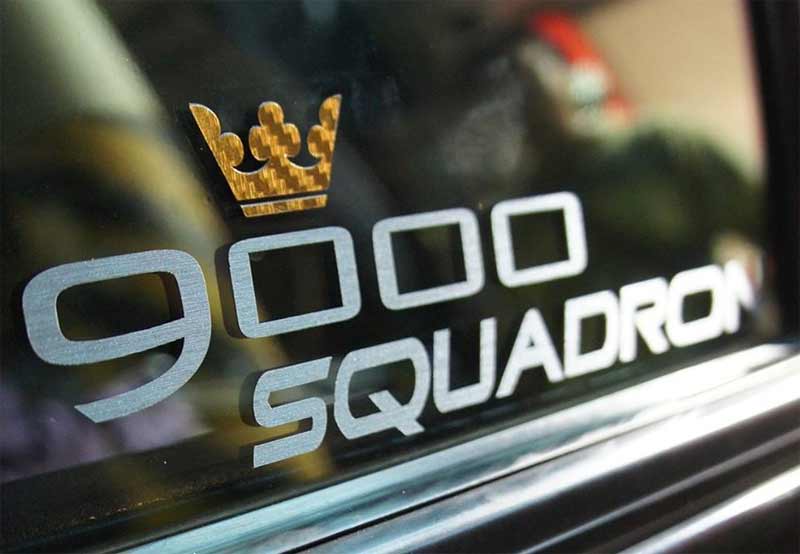
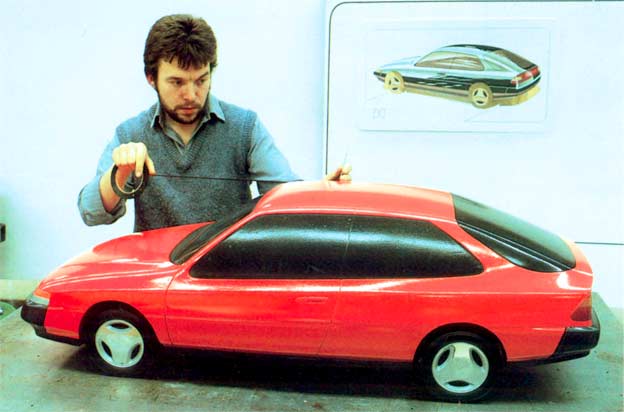




Awesome Amazing Gorgeous patina
The perfect look
I probably saw this Saab at the Saab Festival
I saw the even more ‘patinated’ othe 92 at Saab treffen in Best (The Netherlands) last saturday. Similar story.